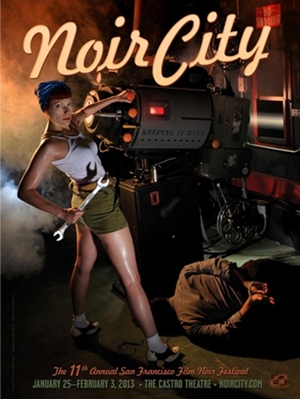 The Film Noir Foundation’s Noir City film festival, coming to San Francisco’s Castro Theatre in January, will present its most expansive schedule yet – 27 films – including three new 35mm restorations.
The Film Noir Foundation’s Noir City film festival, coming to San Francisco’s Castro Theatre in January, will present its most expansive schedule yet – 27 films – including three new 35mm restorations.
This festival kicks off with a tribute to actress Peggy Cummins, legendary for her ferocious performance in “Gun Crazy” (1950, Joseph H. Lewis). As always, Noir City will feature classics and rarities. Opening weekend will feature the world premiere of two of the FNF’s latest film restoration projects: “Try and Get Me!” (1950, Cy Endfield) and “Repeat Performance” (1947, Alfred L. Werker).
The San Francisco festival runs Jan. 25-Feb. 3, 2013. The festival (with variations on the program) travels to several other cities throughout the year. On Thursday, Jan. 17, Eddie Muller and Robert Osborne will co-host “A Night in Noir City” on Turner Classic Movies. The five-film program of rare film noir includes two of the FNF’s restorations, “Cry Danger” (1951, Robert Parrish) and “The Prowler” (1951, Joseph Losey).





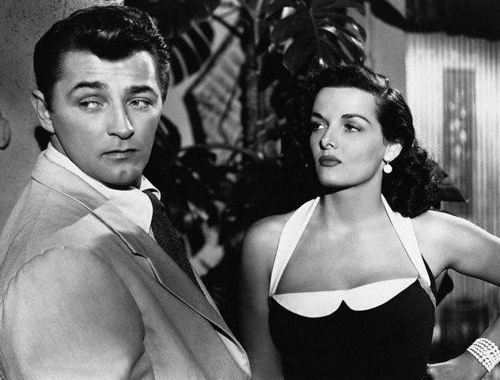
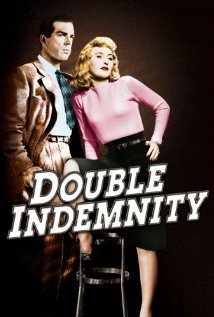
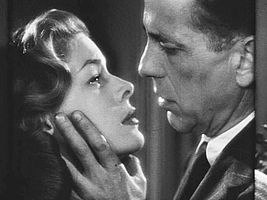
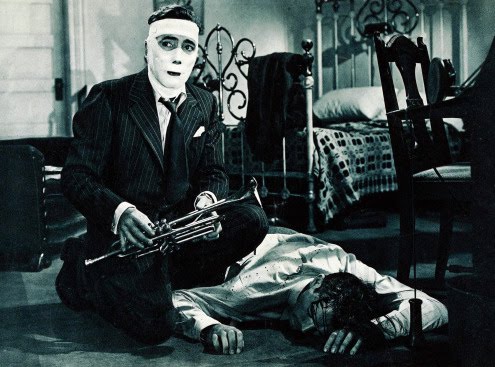
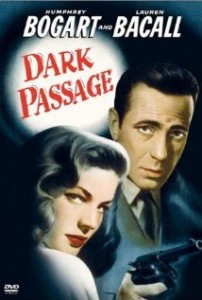
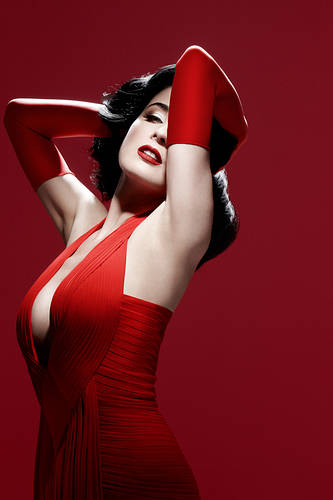
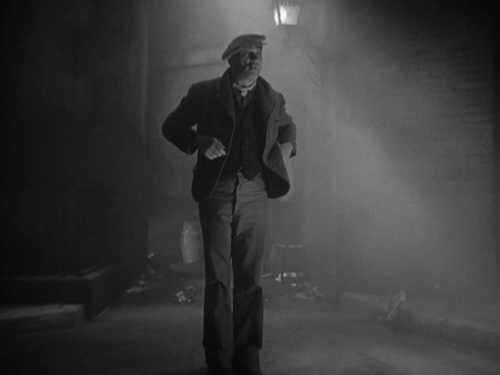
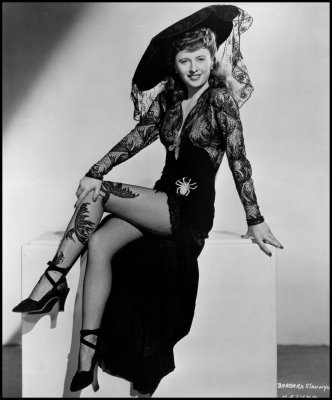
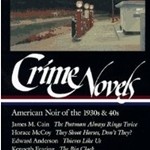
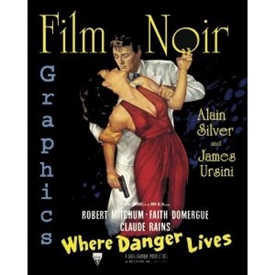
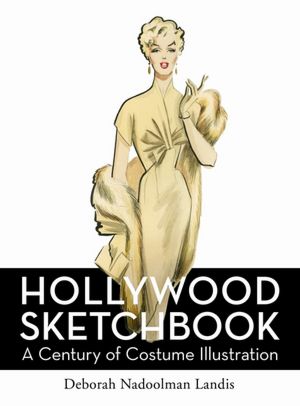
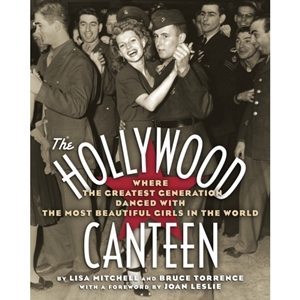
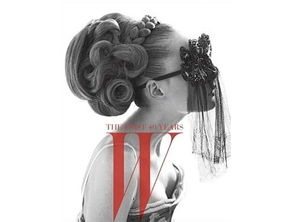
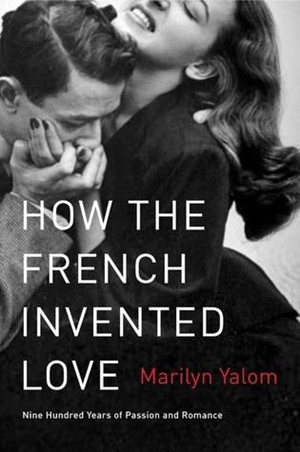
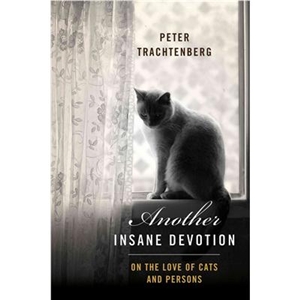
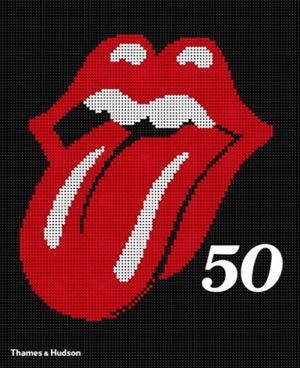
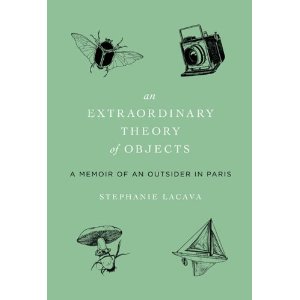
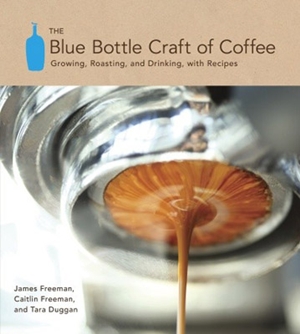


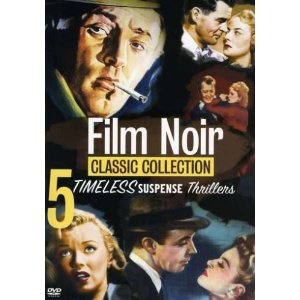
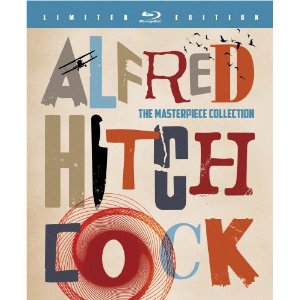
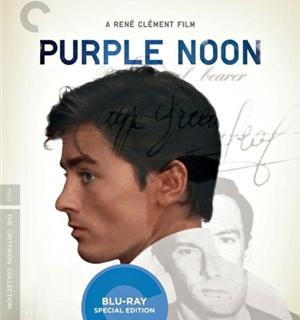
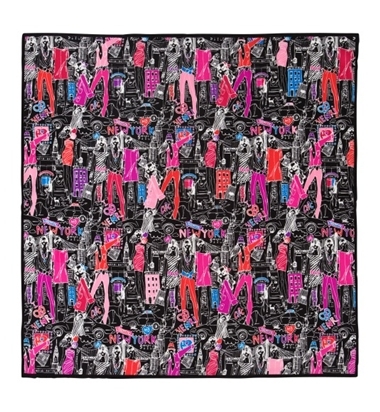
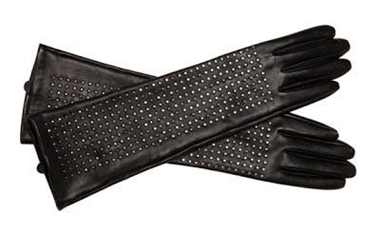
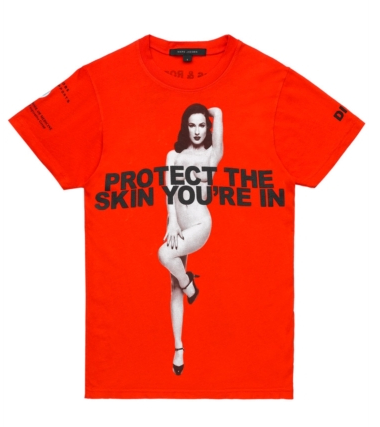
![amazon-lily-body-cream[1]-crop](http://www.filmnoirblonde.com/wp-content/uploads/2012/12/amazon-lily-body-cream1-crop.jpg)
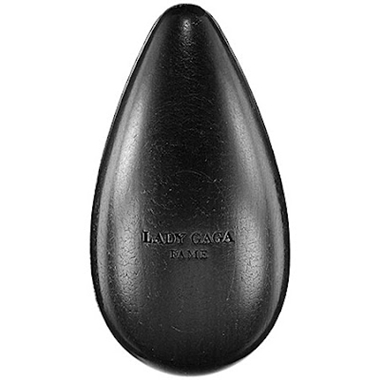


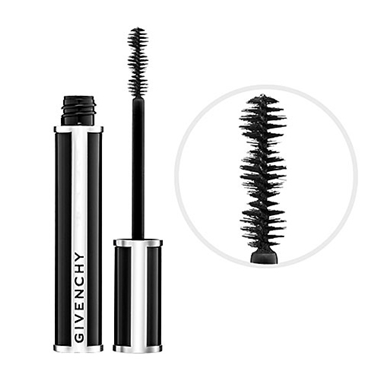


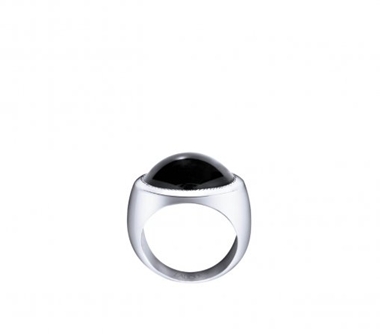

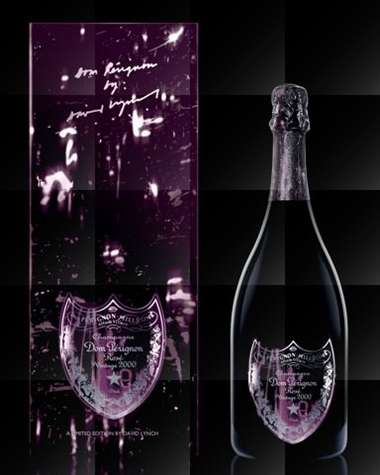


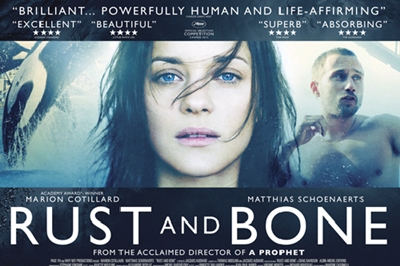
![robert_mitchum_night_of_the_hunter[1]](http://www.filmnoirblonde.com/wp-content/uploads/2012/12/robert_mitchum_night_of_the_hunter12.jpg)

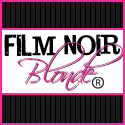



From FNB readers